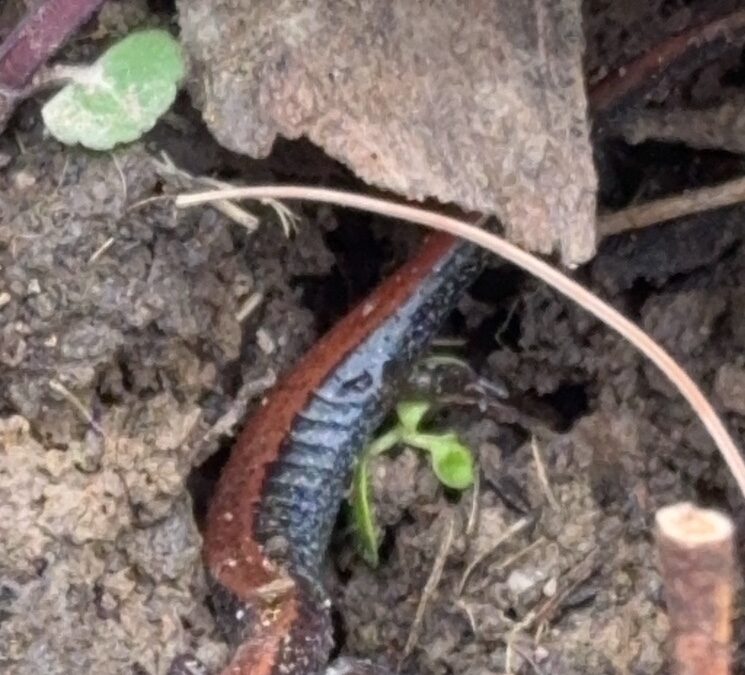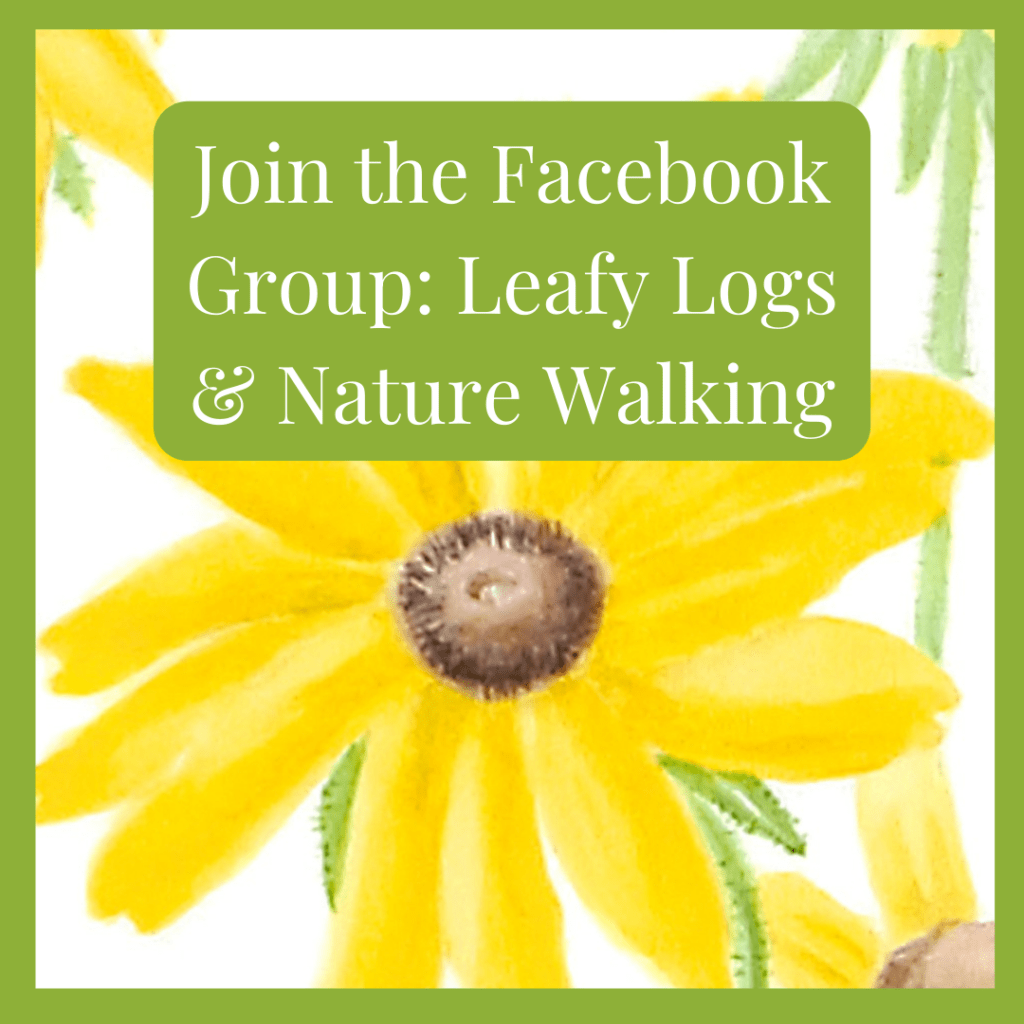Those old piles of leaves are hiding treasures. They look like trash to those of us who have been taught to clean up around the edges of our yards. But hidden in those leaves are lots of little animals that need protection for just a few more weeks.
Soft wet leaves offer shelter to protect little amphibians that overwinter in the fallen leaves until warm weather arrives and their cold blooded bodies warm up enough to dig out and move around. My daughter found a little red-striped salamander under her garden leaves as she was planting some new flowers. What else is in those leaves?
Lots of moth pupae and butterfly chrysalae waiting for warm weather are there. The new winged crop of flying lepidoptera will emerge soon. Last fall the fat caterpillars climbed up the trees nearby and folded a leaf over to protect themselves during winter or hung by a silk thread spinning their pupae. Then the tree dropped its leaves and they fell onto the ground with all the other leaves from that tree. All winter long the winds blew leaves around your neighborhood. Now these little almost-ready-butterflies and moths are waiting for warm temperatures to emerge.
Also lying with the leaves are flower seeds for this year’s flowers. Leftover milkweed seed pods with a few remaining seeds inside, rose hips that have fallen from the bush, drifting branches with seeds still attached, are all waiting for a new season.
Our returning birds will have to make do with seeds and berries until the insects emerge to provide a source of protein. I tried keeping my feeders full in northern Wisconsin, but that was a mistake. The bears are hungry, too, and have already come out of hibernation. A very large one destroyed my feeder and ate the sunflower seeds. Bears have great noses, and this one only took 2 days to find my feeder.
Where there are no bears or other predators to cause trouble, you may want to keep feeding the birds until the insects have emerged. Doug Tallamy says in his book, Nature’s Best Hope, that Richard Brewer counted 6000 to 9000 caterpillars brought to a chickadee nest in the 21 days before the babies fledged. And chickadee parents continue feeding the youngsters after they fledge, too. It’s always good to help these busy parents.
Don’t throw your leaves on the street. If you can’t wait to tidy up, put them into a place where all the new life has a chance to emerge behind your garage or in a local woodlot. Or use them as mulch and fertilizer. Old leaves are already primarily compost and will nourish your summer garden. If they look untidy in the flower garden, then put them with the vegetables. The tiny animals will be given a second chance, and your plants will thrive.
Note #1: This quote is on page 137 of Doug Tallamy’s book, Nature’s Best Hope. Doug Tallamy has written 3 books to help us all understand and protect the insects, plants, and birds we find in our urban communities. I recommend them all, but especially Nature’s Best Hope and The Nature of Oaks. The cost of his hardcover books has been reduced from $30 to about $15.00. Reading his books is an easy way to learn more about the wonderful possibilities we have in our backyards. (and, no, I am not being paid in any way for this recommendation.)


